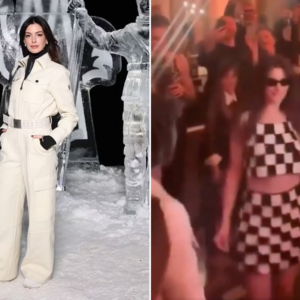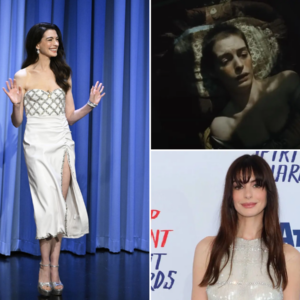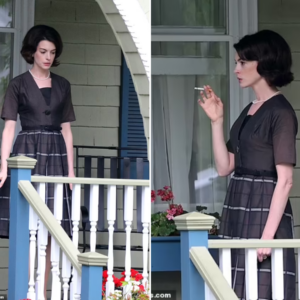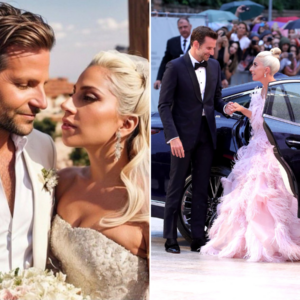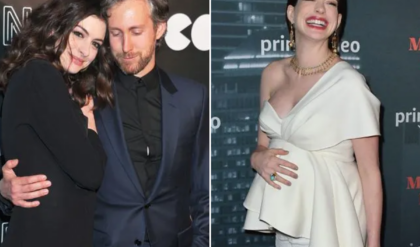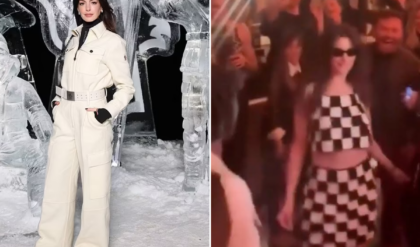“Bad Romance” by Lady Gaga, released in 2009, swiftly rose to international stardom, becoming one of her signature songs.
On the surface, it appears to be a typical dance-pop love song. However, a deeper analysis reveals that “Bad Romance” is much more than meets the ear – it is a pop masterpiece that utilizes surreal lyrics and imagery to explore complex themes of obsession, desire, fame, and addiction in intriguing ways. Let’s take a closer look at why “Bad Romance” transcends the boundaries of a standard love song.

The Obsession
Right from the opening lines, it’s clear this is no ordinary romance. “Caught in a bad romance” sets the tone that whatever relationship is depicted, it will not be healthy or balanced. As the verses unfold, the lyrics describe an intense desire and obsession that borders on the unhinged: “I want your love and I want your revenge, you and me could write a bad romance.” This overwhelming craving for another person, to the point of seeking revenge if not satisfied, suggests an obsession that has spiraled out of control.
Later, Gaga breathlessly repeats “I want your love” seven times, almost as if pleading or begging, showing just how consumed she has become. The repetition emphasizes how all-encompassing and chaotic this feeling has become. It’s not a romantic yearning or flirtation, but a compulsive need that threatens to subsume one’s entire identity and sense of self. The obsession takes on a life of its own, becoming the central focus regardless of consequences.
This theme of destructive obsession is a far cry from the lighthearted infatuation typically depicted in love songs. Gaga explores the unsettling, consuming nature of intense desire and how it can spiral into an unhealthy fixation. The lyrics capture what it might feel like to be in the grips of an obsession that has spiraled out of control.
The Symbolism
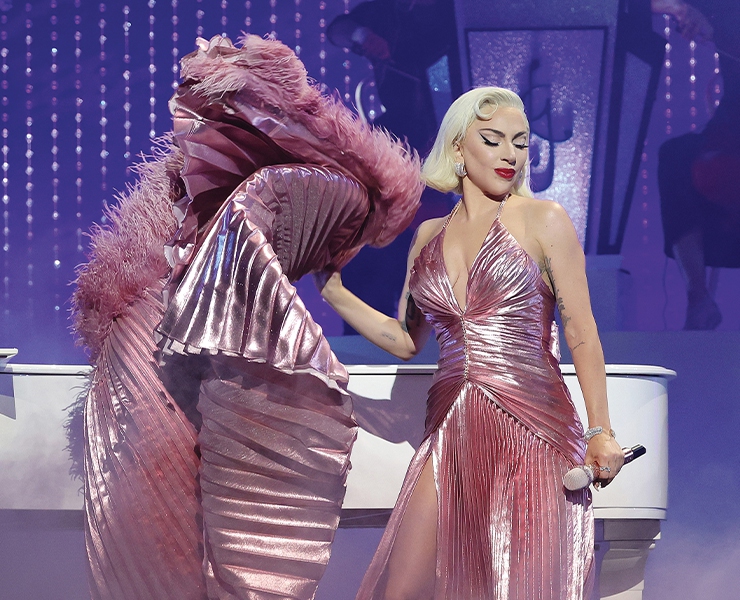
The music video, directed by fashion photographer Steven Klein, amplifies these themes through its surreal imagery and symbolic visuals. It opens with Gaga dragged into a bizarre hotel that has the menacing feel of a cult compound. She is stripped, dressed in fetishistic leather outfits, and paraded before strange masked figures. Interspersed are scenes of Gaga surrounded by monsters in elaborate costumes, referencing the dark side of the fashion and entertainment industries.
The video also features recurring motifs like the hotel’s ornate Russian architecture and Gaga wearing an iconic diamond-encrusted mask. Scholars have interpreted these visuals as commentary on the dark underbelly of fame, with the hotel representing the suffocating world celebrities are trapped in. The monsters could symbolize how public figures are objectified and dehumanized. The mask is a barrier between Gaga’s real self and her manufactured public image.
The surreal, dreamlike nature of the video mirrors the song’s exploration of obsession and compulsion. It creates an unsettling atmosphere that hints at deeper meanings, possibly about the addictive nature of toxic relationships or the pressures of life in the spotlight. Like the lyrics, the imagery is open to multiple interpretations but consistently portrays something unwholesome and disturbing beneath the surface.
Multiple Interpretations

This ambiguity is part of what makes “Bad Romance” a masterpiece – it can be understood and related to on many levels. While the most straightforward reading is about a dysfunctional romance, others believe the song uses this metaphor to explore different themes. Some argue it examines the “bad romance” celebrities can have with fame, as they sacrifice privacy and endure negativity from the public and media.
Lines like “all your lovers’ revenge” could represent the backlash that comes with celebrity or how fickle the admiration of fans can be. This interpretation gives the lyrics additional resonance in the context of Gaga’s own experiences with stardom. The song also lends itself to being about addiction, as the craving described mirrors how substance abuse or unhealthy behaviors can take over one’s life. Fans have connected it to everything from sex addiction to addiction to unhealthy relationships in general.
Even beyond these metaphorical levels, the lyrics are intentionally vague so the listener can superimpose their own experiences. Anyone who has felt consumed by an intense emotion or compulsion can relate their story to Gaga’s portrayal. This ambiguity is part of what gives the song such broad appeal and ensures it remains relevant through different eras and contexts. “Bad Romance” works on so many levels precisely because it transcends being about any one specific relationship or situation.
The Performance
Gaga’s dynamic vocal delivery amplifies the themes of obsession and drama. Her signature melismatic runs and breathy repetitions emphasize the feverish, unrelenting nature of the desire described. Meanwhile, the pulsating synth beats and electronic flourishes create a danceable yet unsettling atmosphere of compulsion. Every element combines to draw the listener deeper into the dark undercurrents beneath a superficial love song.
In concert, Gaga takes the performance to new heights of theatricality. She emerges from cages, leads elaborate choreographed routines in elaborate costumes, and even incorporates burlesque elements to match the song’s exploration of sexuality and power dynamics. These live shows emphasize how “Bad Romance,” though an inescapable dance hit, is no mere love ballad. It is a dramatic portrayal of an unhealthy connection, meant to be experienced viscerally through both sound and visuals.
Gaga ensures audiences feel the thrill and danger at the heart of an obsessive relationship. Her fervent delivery makes the desires and compulsions palpable and thrilling, yet still unsettling. It’s this balance of attraction and unease that makes “Bad Romance” such a tour de force, transcending the boundaries of a typical pop song through a mesmerizing audio-visual experience.
Conclusion
When considered as a whole, “Bad Romance” emerges as far more than just a dance song about a toxic lover. Through surreal lyrics and imagery, ambiguous themes, and a tour de force performance, Gaga crafted a pop masterpiece that uses an unhealthy relationship as a metaphor. It explores the all-consuming nature of obsession, fame’s dark side, and how intense desires can spiral out of control.
The song transcends the love song genre by portraying these profound human experiences in a way that is both thrilling and unsettling. It is artfully ambiguous yet universally relatable. “Bad Romance” has endured because its portrayal of passion, compulsion, and the shadows beneath superficial romance resonates with people in any era or situation. More than a decade later, it remains one of pop’s most profound character studies of the complexities of human psychology, desire, and the capacity for self-destruction – all disguised as an inescapable dance hit. Its brilliance lies in using a three-minute pop song to tackle profound topics usually reserved for literature or film. That is why “Bad Romance” stands as a true pop masterpiece.
News
Anne Hathaway is a wonderful mother, especially to her two young sons
Anne Hathaway’s 2 Kids: All About Jonathan and Jack The Princess Diaries actress and her husband Adam Shulman welcomed Jonathan in 2016, while Jack joined the family three years later in 2019. She has often spoken about how her life has changed…
Anne Hathaway went viral for dancing this special dance after Versace’s party in Milan.
Anne Hathaway goes VIRAL as she shows off her dance skills while twerking to Nicki Minaj’s Anaconda during a Versace after party The Devil Wears Prada actress, 41 – who turned heads in a skintight red dress at the star-studded Versace runway…
Anne Hathaway was “emotional” when she met Bulgari Group CEO Jean-Christophe Babin
Anne Hathaway and Bulgari Group CEO Jean-Christophe Babin at a press conference for Bulgari’s Hotel opening in Tokyo. GETTY IMAGES (Photo by Tomohiro Ohsumi/Getty Images) TOKYO, JAPAN – APRIL 04: Actress and Bvlgari global ambassador Anne Hathaway speaks during a press conference for…
Anne Hathaway revealed that she has overcome 5 years of “rehab”, the difficulties are revealed
Anne Hathaway revealed she surpassed five years sober in a candid new interview that touched on her past struggles and the time she was the subject of internet ridicule, Anne Hathaway revealed she surpassed five years sober in a candid new…
Shock! Revealing the truth about the image of Anne Hathaway “smoking” in New Jersey, is she a “bad girl”???
Anne Hathaway cut a fashionable figure in a dazzling 1960s cocktail dress while filming in New Jersey. The 39-year-old actress donned a pink gown with a plunging neckline as she made her way across a front yard. The dress ended in a…
Lady Gaga and Bradley Cooper’s wedding photos made the hearts of millions of fans “crazy” with emotion
The photos exuding elegance and radiance. Bradley Cooper, dashing in a classic tuxedo, stood by her side, looking equally captivating. In one photo, they were captured sharing a tender embrace, while in another, they gazed into each other’s eyes…
End of content
No more pages to load

